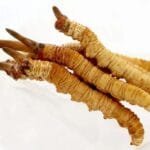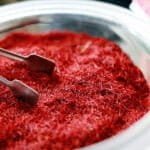The system of Medicine Tradition.
“Medicine for poison, rites for spirits, treatment for sickness,” is stated in the renowned book “Four Hundred Thousand Medical Treatment,” a section of the Four Doors to Bon Treasure’s Living World treatise authored by Thonpa Shenrab Miwoche. Thonpa Shenrab Miwoche is revered as the originator of Bon spirituality ten millennia ago.
We know from this saying that, Medical and Pharmaceutic study has been part of daily life for the whole world since ancient times.
Historical experts say Tibetan medical study now depends on the Shanshung Tradition. Our own ancestral tradition is neglected. We learned about pulse and neurology, and got a certificate in pharmaceutical chemistry.
Collecting dry herbs
Medical treatises often highlight the versatility of using various substances for healing purposes. However, green herbs have proven to be the most effective healers. Collecting dry herbs is beneficial for treating wounds. Poison can be expelled by employing gentle warmth. Cold medicine is best administered in windy and shaded areas while burning medicine is refined through exposure to sunlight and fire. It is important to store these remedies in cool, smog-free environments to preserve their numerous beneficial properties.
Blessed medicine is suitable for offering, while impure medicine cannot be used by animals. It must be as clean as a saint. Flowers are picked in spring, collecting petals and leaves in summer, and roots and stems in autumn.
natural medicinal plants
Tibetan nomad area is rich in natural medicinal plants such as Cordyceps sinensis, rhodiola algida, gentian przewalskii maxim, gentian veitchiorum hemsl, arenaria kansuensi maxim, mushrooms, lagotis brevituba, dandelion, white aconite, pomatosace filicula, anitode ram, and primula atrodentata. Additionally, our region is also abundant in medicinal herbs like polygonatum erythrocarpum, asparagus brachypyllus, pleurospermum tibetanicum wolff, apricot, and Tibetan Radish.
Get an in-depth look at the process of refining and collecting medicinal herbs from the accompanying photos. I acknowledge that there may be errors due to my limited knowledge. Thus, I sincerely appreciate the kindness and assistance of all readers.


















